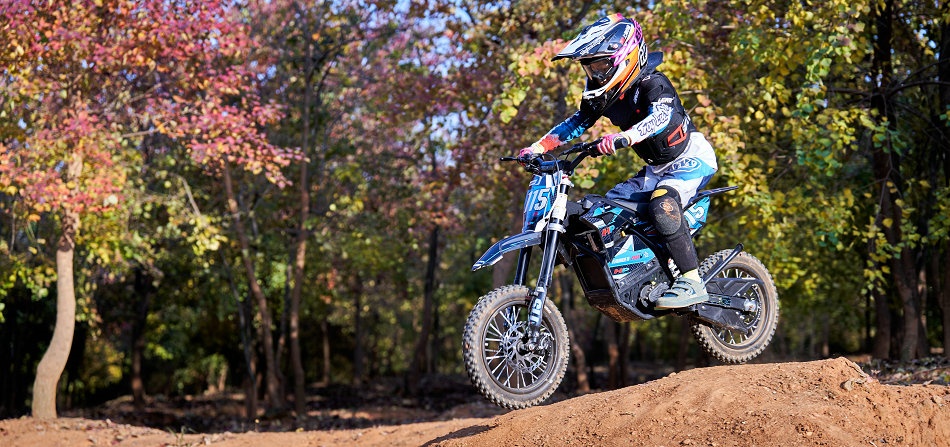If you've ever wondered what it's like to drive a go-kart and how fast these little machines can go, you've come to the right place. Go-karting is a popular recreational activity among racing enthusiasts young and old. Not only is go-karting a fun and exciting experience, but it also allows participants to test their driving skills and race against friends or family.
So, how fast can a go-kart go? The speed of a kart depends largely on a variety of factors, including engine type, weight of the kart, and track conditions. Typically, standard recreational karts produced for the public can travel at speeds between 30 and 50 mph. Top speed may vary based on engine size and power output. However, it is worth noting that professional karts used for competitive racing can reach incredible speeds of 90 miles per hour or more.
The engines used in go-karts are usually small and light. They generally come in two types: gasoline-powered and electric. Gas-powered go-karts are commonly used in recreational parks and race tracks. They come with either two-stroke or four-stroke engines, the latter being more common due to its superior performance and lower emissions. Electric karts, on the other hand, are becoming more and more popular because they are environmentally friendly and easy to maintain. However, their top speed is usually lower compared to gasoline vehicles.
The weight of a kart significantly affects its speed and acceleration. Lighter karts tend to be faster and more maneuverable, while heavier karts may accelerate slower but have better stability. The weight distribution of a kart also plays a vital role in achieving optimal speed and handling. Professional racing karts are designed to be lightweight, giving them higher speeds and better cornering capabilities.
Track conditions also affect the overall speed of the kart. Different track surfaces, such as asphalt or concrete, can affect the traction and grip of your go-kart tires. A well-maintained track with good grip allows the kart to reach maximum speed more efficiently, while a slippery track may reduce speed to ensure safety.
It's worth noting that driving a go-kart, especially at high speeds, requires skill and caution. Safety should always come first. Go-kart tracks often have strict safety regulations, including the wearing of helmets and other protective gear. In addition, karts used for professional racing often have additional safety measures such as roll cages and shock-absorbing materials to protect the driver in the event of an accident.
All in all, karts are exciting vehicles that can reach impressive speeds. However, top speed may vary based on factors such as engine type, weight and track conditions. Whether you are enjoying a recreational ride or participating in a professional racing event, always remember to prioritize safety and follow the guidelines provided. So buckle up, put on your helmet and get ready for an adrenaline-pumping go-kart experience!
Post time: Nov-09-2023





